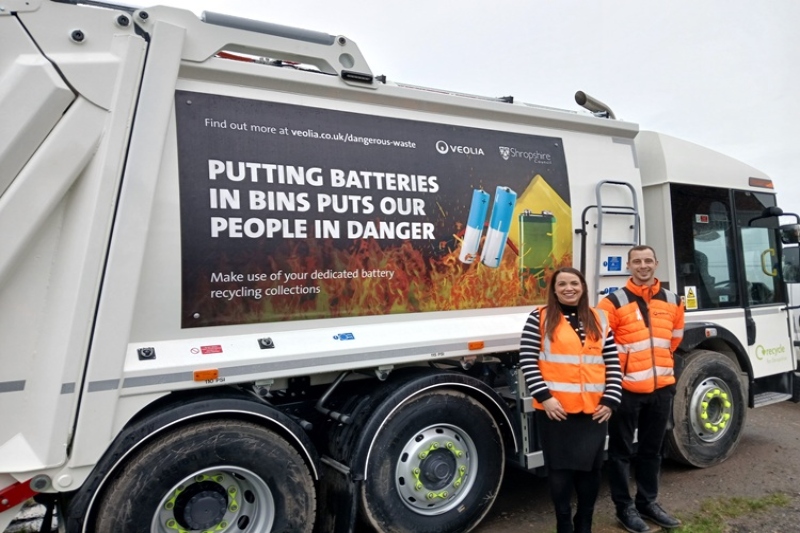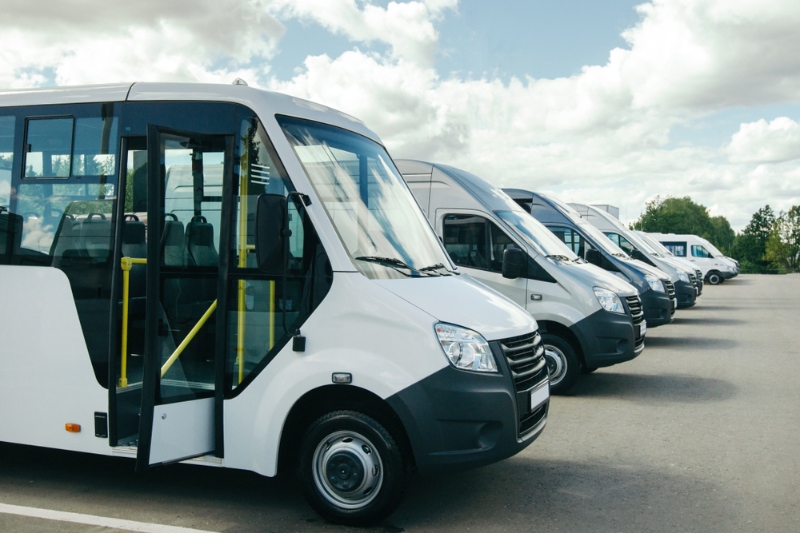UK-based Tevva Motors has developed an electric range extended drivetrain which can reduce and even avoid producing emissions completely thanks to ground-breaking new predictive software
The system is currently being tested on UK roads with three separate vehicles ' one of which is in daily use with logistics operator UPS.
The drivetrain can be fitted into an existing 7.5 tonne truck, either as a retrofit package or on the production line during the build process.
It consists of a single 120kW electric motor, capable of producing 1800Nm (1325lb ft) from 0rpm, powered by 66kWh batteries located on the chassis. The drivetrain also has a range extender unit, which uses a small capacity diesel engine to generate additional charge while on the move.
The complete drivetrain is controlled by Tevva's patent pending Predictive Range Extender Management System (PREMS). The system enables the best, most efficient use of electric range extended drivetrain without input from the driver.
With real time access to NOx and air quality data and GPS navigation, the vehicle knows when to use the range extender, such as during high discharge situations on motorways, and when to avoid use, such as in urban or poor air quality areas like towns and cities.
This enables pure electric propulsion, delivering zero emissions where it matters most. The system ensures the range extender is only used in areas that are less critical, and ensures maximum use of battery charge is made on every journey.
Asher Bennett, Tevva Motors CEO, said: 'Our technology and design offers all of the benefits of an electric vehicle, meeting the environmental needs of modern legislation and social acceptance, without the drawbacks of limited range.
'Tevva's electric range extender technology removes the operational risk created by pure electric vehicles, allowing unlimited operational range, but typically spending the majority of a day's operations on electric only. Our proprietary technology enables smart use of the range extender; fleets get the maximum use from the battery power, delivering full low emission benefits and cost savings.'







